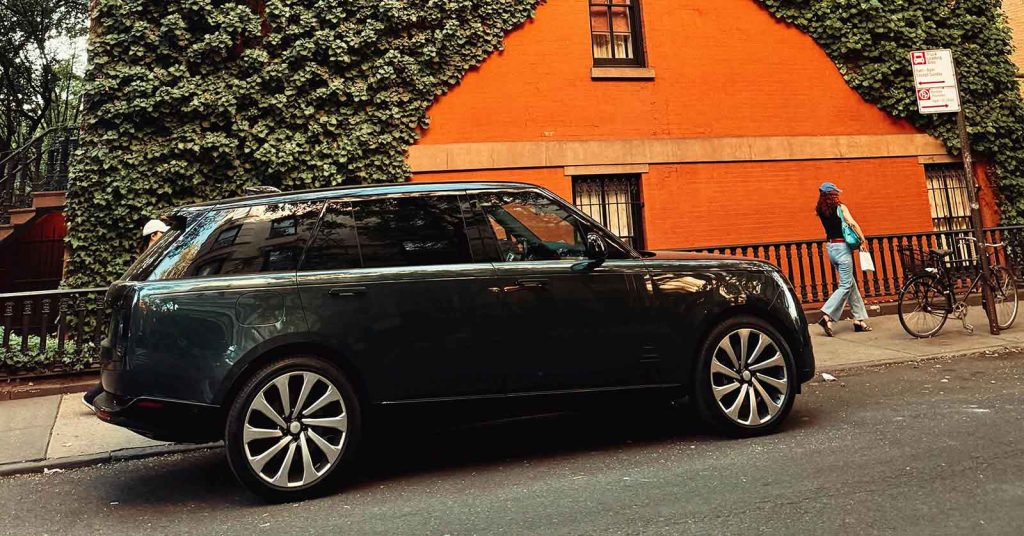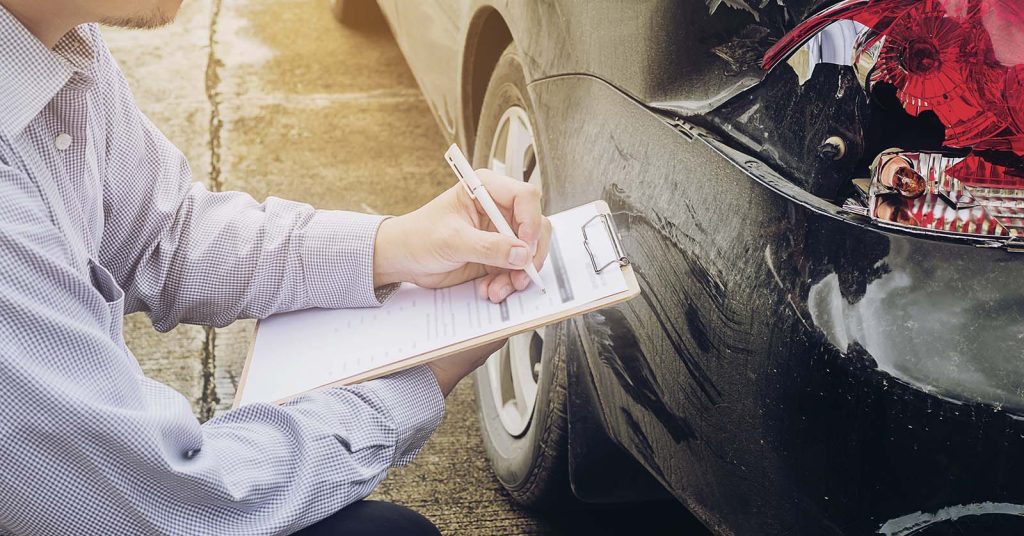“Liability” and “full coverage” are two phrases you’ll see on every auto-quote page, but they describe very different things. Liability insurance is the foundation most states require; it pays for injuries and property damage you cause to others. It does not fix your own car. “Full coverage” isn’t an official policy type — industry guides use it as shorthand for a policy that combines liability with collision and comprehensive so your own car is protected in most crash and non-crash scenarios. Understanding the split matters because state minimums only address liability, while lenders often require the “physical damage” pieces (collision and comprehensive) to protect their collateral. Below, we break down what each covers, what it leaves out, how deductibles work, and when stepping up to full coverage is worth it. Authoritative explainers from the Insurance Information Institute (III), NerdWallet, and Investopedia all emphasize the same core idea: liability pays others; collision/comprehensive protect your car; there’s no single “full coverage” definition, so you must look at the actual coverages listed on the quote.
Key Takeaways
- Liability = required in most states. It covers others’ injuries (bodily injury) and property damage you cause — not your car.
- “Full coverage” = liability + collision + comprehensive. It’s shorthand, not a legal term; check your quote to confirm all three are included.
- Collision fixes your car after a crash; comprehensive covers non-crash perils like theft, hail, vandalism, animals, and fallen objects.
- Lenders usually require collision & comprehensive on financed/leased cars to protect the vehicle as collateral.
- Deductibles apply to collision/comprehensive, not to your liability coverage. Higher deductibles generally lower premium.
What Liability Insurance Covers
Liability is the backbone of auto insurance and is mandatory in nearly every state. It has two main parts: Bodily Injury (BI) liability, which pays medical costs, lost wages, and related damages to other people you injure, and Property Damage (PD) liability, which pays to repair or replace other people’s property you damage (their car, a fence, a utility pole). It does not pay for your own medical bills or your car’s repairs; those are handled by first-party coverages like MedPay/PIP and collision/comprehensive, respectively. Most states set minimum BI/PD limits, often written as split numbers (for example, 25/50/25), but consumer education sites stress that state minimums are rarely enough to cover a serious crash. Separate add-ons can complement liability: Uninsured/Underinsured Motorist (UM/UIM) can protect you if the at-fault driver has little or no insurance, and some states offer UMPD to fix your car when hit by an uninsured driver. Because liability has no deductible in standard personal auto policies, there’s no “out-of-pocket” to trigger it — only the policy limit you selected. In short, liability protects your assets from claims by others; without it, a single at-fault crash could expose you to large bills and legal action.
What “Full Coverage” Really Means
“Full coverage” is a marketing shorthand, not a coverage you can click on. In plain English, it typically means a policy that includes liability + collision + comprehensive. Collision pays to repair your vehicle after a crash — whether you hit a car, a guardrail, or a pothole — and it carries a deductible you choose. Comprehensive pays for non-crash damage such as theft, vandalism, fire, hail, flood, falling objects, and animal strikes, also subject to a deductible. Because these pay for your car, they are sometimes grouped as “physical damage” coverage. Major consumer explainers and the III note that “full coverage” does not mean everything is covered; exclusions remain (e.g., routine wear and tear, mechanical failure). If you finance or lease, your contract will almost always require collision and comprehensive to protect the lender’s collateral; if you drop them, the lender may add costly “collateral-protection insurance” (CPI) to your account. When comparing “full coverage” quotes, always verify the exact limits and deductibles for collision and comprehensive — two “full coverage” policies can differ by hundreds a year based on these settings.
| Coverage | Pays For | Typical Deductible? | Required by State? | Required by Lenders? |
|---|---|---|---|---|
| Liability (BI/PD) | Others’ injuries and property you damage | No | Yes, in most states | No (but always wise to carry adequate limits) |
| Collision | Your car’s crash damage (regardless of fault) | Yes | No | Typically yes for financed/leased cars |
| Comprehensive | Your car’s non-crash damage (theft, weather, animals) | Yes | No | Typically yes for financed/leased cars |
Based on III and major consumer explainers; lenders usually require collision/comprehensive to protect collateral.
Deductibles, State Glass Rules, and Other Fine Print
Deductibles apply to collision and comprehensive, not to liability. Raising deductibles usually lowers your premium, but leaves you with higher out-of-pocket if you file. Some states waive the deductible for windshield replacement if you carry comprehensive (e.g., Florida, Kentucky, South Carolina), and a number of states let you buy separate “full-glass” coverage with a lower or zero deductible. In no-fault states, PIP can be required for medical expenses and lost wages; in many other states, MedPay is optional. Because rules vary widely, review your state’s requirements and your insurer’s policy forms to see how medical coverages interact with your health insurance. If you finance a car and let collision/comprehensive lapse, lenders can purchase CPI and bill it to you; CPI only protects the vehicle, not your liability to others. Finally, if you file a claim under your own collision coverage even when the other driver is at fault, you’ll likely pay your deductible first and then be reimbursed if your insurer recovers from the at-fault carrier through subrogation.
When Liability-Only Can Work — and When Full Coverage Is Smarter
Liability-only policies can make sense for older, low-value vehicles where the annual cost of collision/comprehensive approaches the car’s cash value; in that case, you might choose to “self-insure” physical damage risk and keep robust liability limits to protect your assets. By contrast, full coverage is usually prudent for newer or financed cars, for drivers without a cash buffer to absorb a big repair, or in high-risk settings — dense traffic, severe weather, high theft rates — where the odds of loss are meaningful. Consumer explainers suggest a practical test: price your policy both ways (with and without collision/comprehensive at realistic deductibles) and compare the extra premium to your vehicle’s value and your emergency fund; if a single claim would wreck your budget, full coverage is cheap peace of mind. And remember: “full coverage” still doesn’t include everything — gap insurance, rental reimbursement, roadside assistance, OEM parts endorsements, or full-glass options are separate choices you can layer based on your needs.
How to Build the Right Package
First, set adequate liability limits — well above state minimums — so a major at-fault crash doesn’t exceed your coverage; the III stresses BI/PD are what most states mandate, but “minimum” isn’t the same as “enough.”
Second, decide on collision/comprehensive by pricing them at two deductibles (e.g., $500 vs. $1,000) and weighing the premium difference against your cash buffer and car value.
Third, add UM/UIM and the medical option your state uses (PIP or MedPay) so you’re protected if others are uninsured or you need first-party medical help; availability and requirements vary, especially in no-fault states. If the car is financed, confirm lender requirements to avoid surprise CPI charges. Re-quote at renewal because spreads between deductibles and coverage tiers can change with the market.
Frequently Asked Questions (FAQs)
Is “full coverage” required by law?
No. States typically require liability; collision and comprehensive aren’t mandated by law but are often required by lenders or lessors.
What exactly is included in “full coverage”?
Usually liability + collision + comprehensive. It’s a shorthand, not a standardized product, so verify each piece and the deductibles on your quote.
Does liability insurance have a deductible?
No. Standard personal auto liability doesn’t use a deductible; deductibles apply to collision and comprehensive.
What’s the difference between collision and comprehensive?
Collision repairs your car after a crash; comprehensive covers non-crash perils like theft, hail, vandalism, or animals. Both have deductibles.
If I have collision, do I still pay my deductible when the other driver is at fault?
If you claim through your own collision for speed, you’ll pay your deductible first; your insurer may later reimburse it if they recover from the at-fault carrier via subrogation.
What about medical coverage — PIP vs. MedPay?
PIP is required in no-fault states and can include medical and lost-income benefits; MedPay is typically optional elsewhere and covers medical bills. Requirements vary by state.
Sources
- Insurance Information Institute — Auto insurance basics
- NerdWallet — Full coverage insurance explained
- NerdWallet — Comprehensive vs. collision
- Investopedia — What is “full coverage” car insurance?
- Investopedia — Collision vs. comprehensive
- CFPB — Auto finance contracts & CPI
- Progressive — Financed car insurance requirements
- III — Collision & comprehensive explained
- III — What’s covered by a basic auto policy
- Progressive — Zero-deductible windshield states
- III — Understanding deductibles
- Infinity — MedPay vs. PIP (state requirements)









